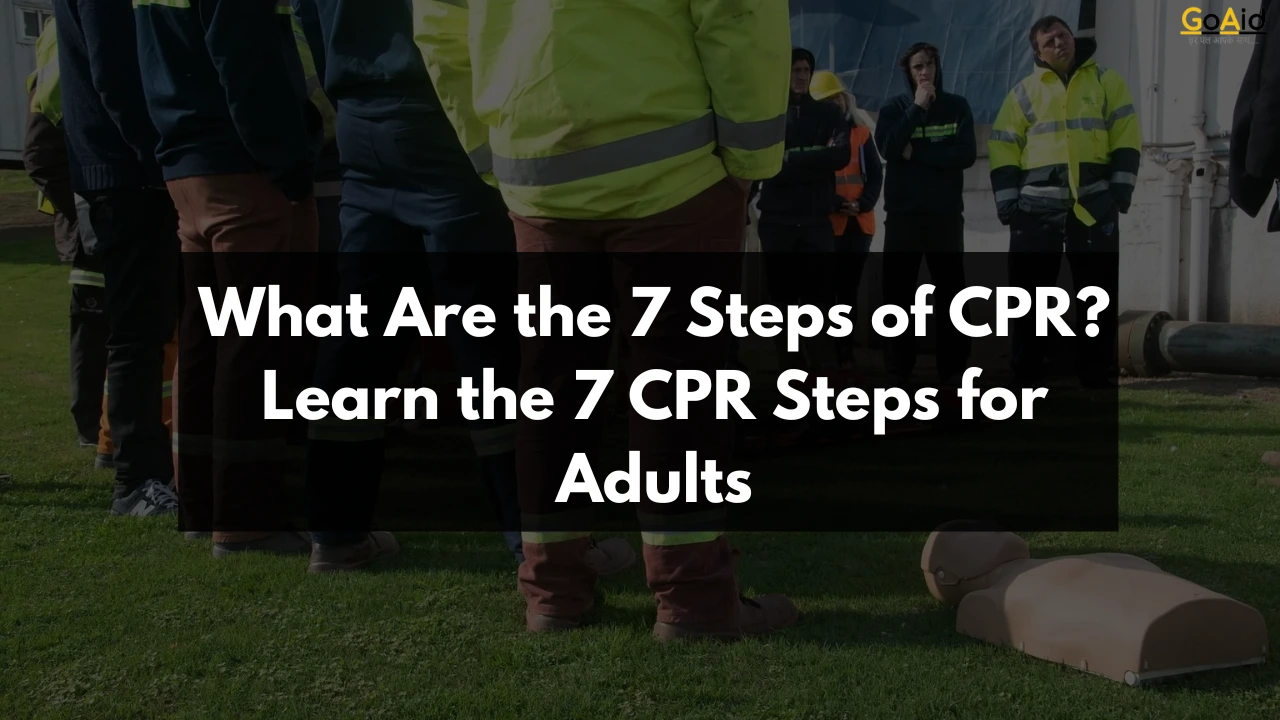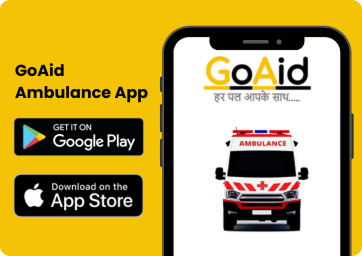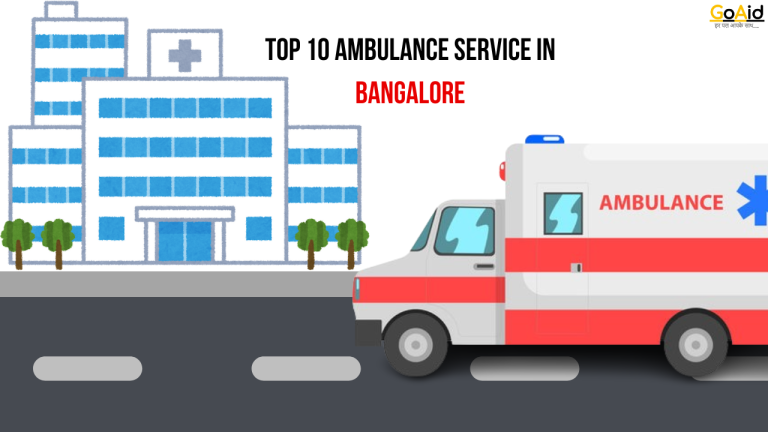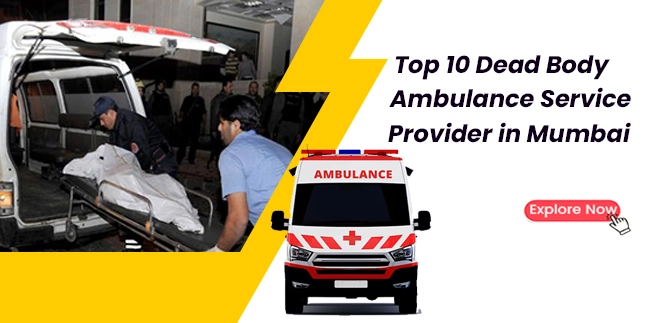In our ŌĆśHow to Perform CPR?ŌĆÖ Blog, we have explained how you can perform CPR in all infants, young, adults, and also in elderly ones. Today, in this blog, we will highlight those ŌĆś7 steps of CPRŌĆÖ that you should always keep in mind while performing CPR.
This knowledge will strengthen your capabilities to perform CPR correctly. Not only have we mentioned the 7 Steps of CPR but also things to consider while performing CPR. Are you excited to know all of these? If your answer is yes, then letŌĆÖs begin this learning journeyŌĆ”
What are the 7 Steps of CPR?
The 7 steps to perform CPR are as follows:
Step 1: Check if there is anything that is obstructing the Breath Airways of the Patient
- Generally, when people learn to provide CPR, they start to perform CPR without checking any airway that may have Obstructed the airways of the patient. Never make this mistake; this is the first thing you must perform while giving CPR.
Step 2: Sit in this position
- Place one of your hands in the middle of the person’s chest place the other hand on top of your first hand and hold them together. Your arms should be completely straight and your shoulders should align with the person’s chest.┬Ā
Step 3: Start chest compression
- To give CPR, press the victim’s chest up to 2 to 2.5 inches with the help of fingers of both your hands and repeat this 30 times.
Step 4: Repeat 100 to 120 times
- When you are in this position, push downwards forcefully and release repeatedly. Compress and release the chest at least 100 to 120 times in 1 minute.
Step 5: Rescue breaths
- Clear the person’s mouth a little tilt his head back a little and lift his chin. Close his nose with your pinch. Fill your mouth with air and place it on his mouth. Fill his mouth with air and blow air into his mouth till his chest rises.
Step 6: Give another rescue breaths
- If his chest is not rising with your first breath, then bend his head again. If his chest does not rise even in the second breath, then do not breathe after that. This can cause the person to suffocate.
Step 7: Continue CPR Steps
- Repeat this process until the person starts breathing or there is no movement in him.
Who can perform CPR?
According to AHA, anyone trained or untrained can perform the 7 steps of CPR. It varies based on the training of the person.
- Trained health care provider
Normally in the CPR steps, the chest is pressed 30 times, and mouth-to-mouth breaths are given twice.
If the victim is busy, he should press and release his chest 100 to 120 times in 1 minute and this pressure should not be more than two to two and a half inches.
- General public
If you see someone suddenly losing consciousness anywhere outside, then first of all call 911.
After that, instead of giving mouth-to-mouth breathing, it is better to compress his chest.
5 Things to Consider While Performing CPR
If you can perform the CPR correctly, you can save a life in an emergency. However, these are the key factors that an individual must consider to ensure that he can perform the CPR is right way.
1. Check for Responsiveness
- Before starting CPR, you need to ensure that the person is unresponsive and not breathing normally.
- If ignored: If you are going to perform CPR on a conscious person, then it can cause unnecessary injury.
2. Call for Emergency Help
- You always have to call emergency services like 108 or ask someone nearby to call ambulance, before starting CPR.
- If ignored: CPR just a prevention step that you perform to help the patient. But if the expert or specialist help is delayed, all the efforts will go in vein.
3. Correct Chest Compression Depth & Rate
- Remember! You have to compress the chest at least 2 inches deep and at a rate of 100-120 compressions per minute.
- If ignored: If you are not going to follow this, then CPR wonŌĆÖt work and compressions will fail to circulate oxygenated blood.
4. Ensure Proper Airway Positioning
- To ensure the proper airway positioning, you have to tilt the head back and lift the chin to open the airway before giving breaths.
- If ignored: If the airway somehow remain blocked, it will prevent the effective ventilation.
5. Avoid Excessive Ventilation
- While performing CPR (mouth to mouth), always be slow & steady for giving the breaths. It will prevent overinflating the lungs.
- If ignored: Too much air can cause vomiting or reduce blood circulation effectiveness.
Conclusion
So, in this article, You have learned about What are the 7 steps of CPR. You should also learn about the 7 Steps of CPR that save lives during an emergency like cardiac arrest. It is a life-saving process. In this article, we have given you detailed information about CPR steps.
If you have any questions related to this information in your mind or you want to give us any suggestions or want information on any other topic, then you can tell us through the comment section.
FAQs
Q1- When to Perform CPR?
Ans. If a person is not breathing or is unresponsive or is having trouble breathing, then he needs CPR. If the heartbeat stops, then this type of problem occurs. With the help of CPR, blood flow can be created in the body.
Q2- How long should you check for breathing while performing CPR?
Ans. Before starting the process of CPR, you should check the person’s breathing for 10 seconds.
Q3- How many compressions per minute for CPR?
Ans. According to the guidelines of the American Red Cross, approximately 100 to 120 compressions should be given in 1 minute during CPR.
Q4- What is the first step in performing CPR?
Ans. First of all, check whether the person is conscious or not. To know the unconscious, shake the person’s shoulders vigorously and ask him in a loud voice whether he is okay. If he is not responding to anything, then you can proceed to the next step.
Q5- What should you do if the victim is unresponsive?
Ans. Call emergency services 911 or the local emergency number and ask someone to get an Automated External Defibrillator (AED), if available.
Q6- What is the correct hand placement for chest compressions?
Ans. Place one of your hands in the middle of the person’s chest place the other hand on top of your first hand and hold them together. Your arms should be completely straight and your shoulders should be exactly in line with the person’s chest.
Q7- What is the compression-to-breath ratio in CPR?
Ans. For adults, the compression-to-breath ratio is 30 chest compressions to 2 rescue breaths. Compressions should be given at the rate of 100-120 per minute and a depth of at least 2 inches (5 cm).
Q8- How do you give rescue breaths?
Ans. Clear the person’s mouth a little tilt his head back a little and lift his chin up. Close his nose with your pinch. Fill your mouth with air and place it on his mouth. Fill his mouth with air and blow air into his mouth till his chest rises.
Q9- When should you stop performing CPR?
Ans. Stop CPR if an AED becomes available and is ready for use. You should stop CPR if the victim starts breathing on their own. If professional help arrives and takes over, or if you are physically not able to continue then you should stop performing CPR.
Q10- What are the 7 steps of CPR?
Ans. To know the seven steps of CPR, read the article given above.
















